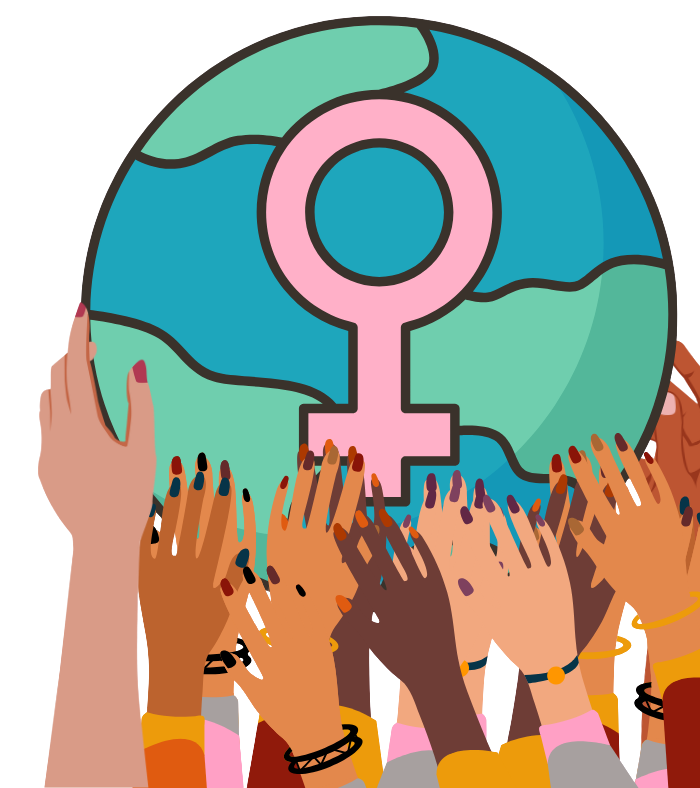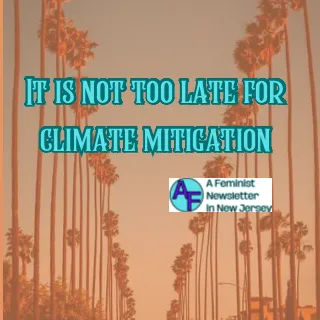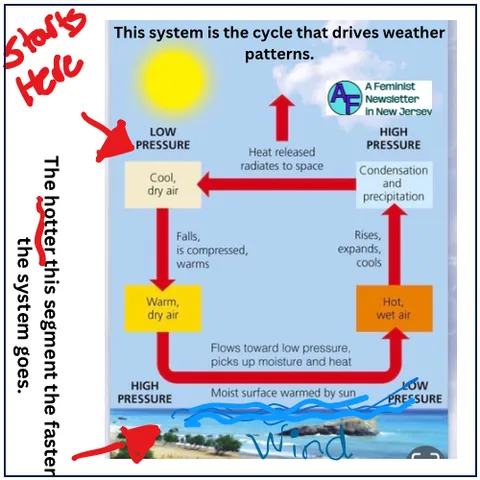Demand-Side Economics an alternative to Supply-Side Economics
1. Introduction to Demand-Side Economics
Imagine a bustling marketplace where consumers are the kings and queens, their spending habits shaping the very fabric of the economy. Welcome to the world of demand-side economics!
In this explainer we'll embark on a journey to understand how consumer demand drives economic growth and stability. Whether you're an economics student, a policymaker, or simply a curious mind, this explainer will equip you with the knowledge to grasp this fundamental economic theory.
2. Historical Context and Key Concepts
The Birth of a Revolution
The Great Depression of the 1930s was a dark time for economies worldwide. Enter John Maynard Keynes, the brilliant economist who would change the face of economic thinking forever.
Keynes proposed a radical idea: what if governments could stimulate economic growth by increasing government spending? This concept became the foundation of demand-side economics, also known as Keynesian economics.
Key concepts in demand-side economics include:
- Aggregate Demand: The total demand for goods and services in an economy
- Fiscal Policy: Government use of spending and taxation to influence the economy
- Monetary Policy: Central bank actions to control money supply and interest rates
3. The Multiplier Effect and Fiscal Policy
The Ripple Effect of Spending
Imagine dropping a stone in a pond. The ripples spread outward, affecting a much larger area than the initial splash. This is similar to the multiplier effect in demand-side economics.
When the government increases spending (funding schools, investing in cities), it puts more money in people's pockets. This extra cash doesn't just sit there – it gets spent, creating a ripple effect throughout the economy.
"The government is not some outside force in an economy – it is us." - Joseph Stiglitz
4. Demand-Side vs. Supply-Side Economics
While demand-side economics focuses on boosting consumer spending, supply-side economics emphasizes increasing production and cutting taxes on businesses and wealthy individuals ala trickle down economics.
Demand-Side Economics | Supply-Side Economics |
Focuses on consumers | Focuses on producers |
Advocates government intervention | Favors free-market policies |
People centric | Market centric |
5. Real-World Applications
Weathering Economic Storms
Demand-side economics has been put to the test in times of economic crisis. Let's look at a recent examples:
- COVID-19 Pandemic: As economies ground to a halt due to lockdowns, governments again turned to demand-side policies. Stimulus checks, enhanced unemployment benefits, and business loans helped keep economies afloat during unprecedented times.
If Demand side economics had been used in 2008, it would have prevented a lot of heartbreak.
6. Conclusion and Future Outlook
As we navigate an increasingly complex global economy, demand-side economics remains a crucial tool in policymakers' arsenals. Its emphasis on consumer spending and government intervention provides a powerful means to combat economic downturns, stimulate growth, and building community and cooperation.





